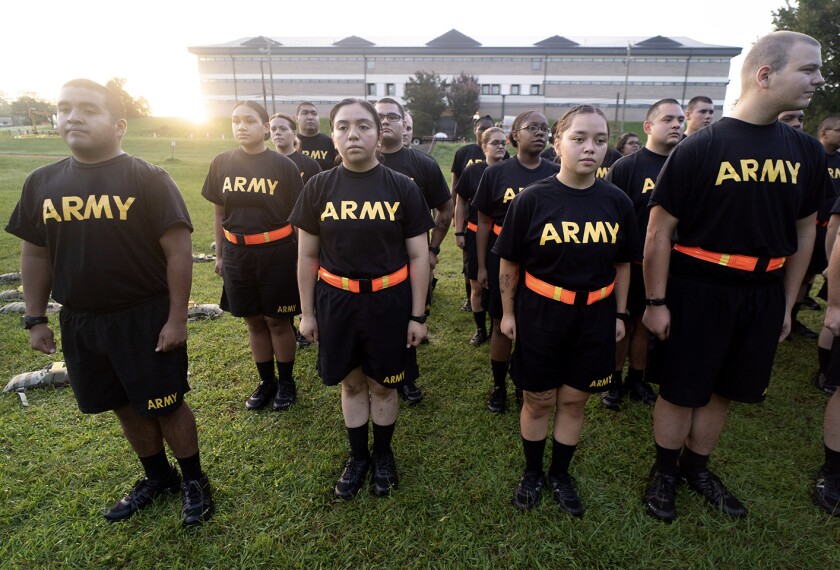At the beginning of a new calendar year, everyone resolves to get healthy, eat better, and exercise more. I myself know my limitations when it comes to exercise. I’m limited in that I don’t like it. I also have an aversion to sweat.
So this past January I decided to get creative. I thought about what type of exercise I would most enjoy. I wanted to try an activity that wouldn’t seem like exercise at all. Then remembered my teen years and how much I loved my dance classes. I could again be a dancer, exercising in a way that would be fun and calorie- burning at the same time.
I started immediately, purchasing workout clothes and shoes and registering for an adult class that would have me hopping around to popular music, all the while increasing my energy level and decreasing my waistline. I began the class on a snowy night in January. By March 1st I was a dance school dropout. Even though I began with such excitement, somewhere along the way I lost the motivation to go.
After some reflection I realized that what happened to me is not unlike what happens to our classroom students every day. Many begin their school career, or school year, or school day, motivated and ready to learn. How do we lose them so quickly?
Dancing With the Stars
One potential pitfall, I learned, is failing to ensure that our students feel successful, even if only in small increments along the way. As a dancer, I was nowhere near the star of the class. But I didn’t struggle the most either. As a student “in the middle,” you might say I fell through the cracks. The stars received continuous positive feedback: “Susan, show the class how you just did that move! See how flexible she is?” The struggling students received attention as well: “Susan, can you hang out with this group and show them the moves s-l-o-w-l-y?” Followed later by: “Guys, that’s great! You’ve improved so much!” And there I stood, invisible, the average student receiving no feedback.
Next, we can’t expect our students to “perform” when they aren’t ready to. My dance teacher made us get up in front of the class in groups of three to perform a routine. There was one step I just hadn’t mastered. It felt so awkward to twist in that way, and no one had offered any assistance while I stood, invisible, in the corner. During the performance, the other class members laughed, and I laughed at myself, when I tried to force my legs to move in ways they wouldn’t. Ha ha. That was the last move I attempted in that class.
Finally, teachers can err in not attending to students social needs. One of the main reasons I lost motivation to attend my dance class is because I felt so alone there. Other members of the group knew each other outside of class and had signed up together. They chatted before, during, and after class on personal levels. And although I occasionally attempted to add to the conversation, and the other students were polite to me, there was no time for relationship building. Meanwhile, the teacher did nothing to foster an atmosphere of community or family, which increased my feelings of isolation and failure.
Steps to Success
So I learned from my own experience that as we work to motivate our own students and increase their engagement in the classroom and thus their learning, we must remember to:
• Establish an environment that celebrates success. Don’t offer praise to the point that it loses its meaning, but be sure to find small victories for every student. For example, one year I had a student who loved to play with paper during class. I made sure to incorporate an origami lesson into our unit on Japan. I’ll never forget that student’s grin when he received his first-ever perfect score on a project.
• Establish an environment that supports struggling students, enriches the high-flyers, and pushes those in the middle as well. Offer activities that are appropriate for every student in the class, and don’t demand a “performance” in front of peers unless the students have had an adequate amount of time to prepare. Student choice in assignments and projects is an optimal way to differentiate for all students. And providing choices increases buy-in, engagement, and success!
• Establish an environment that says “we’re a community of learners in here.” Make sure that each student feels safe and can learn in an atmosphere that’s non-threatening. Activities that allow for social interaction ensure that students feel more comfortable sharing what they do (or don’t) know and understand. Have clear expectations for how students treat each other, and model the respect you want them to display.
This type of classroom culture can only be attained when the teacher makes an effort to really know the students—their strengths, weaknesses, likes, dislikes, fears, and dreams. This assessment can be made as a result of surveys, journal entries, interviews, conferences, and informal conversations. Imagine that as a teaching strategy: just talking to the students to find out who they are!
As for me, I would call my dance teacher and let her know that I won’t be returning, but I can’t. She never told me her name.




